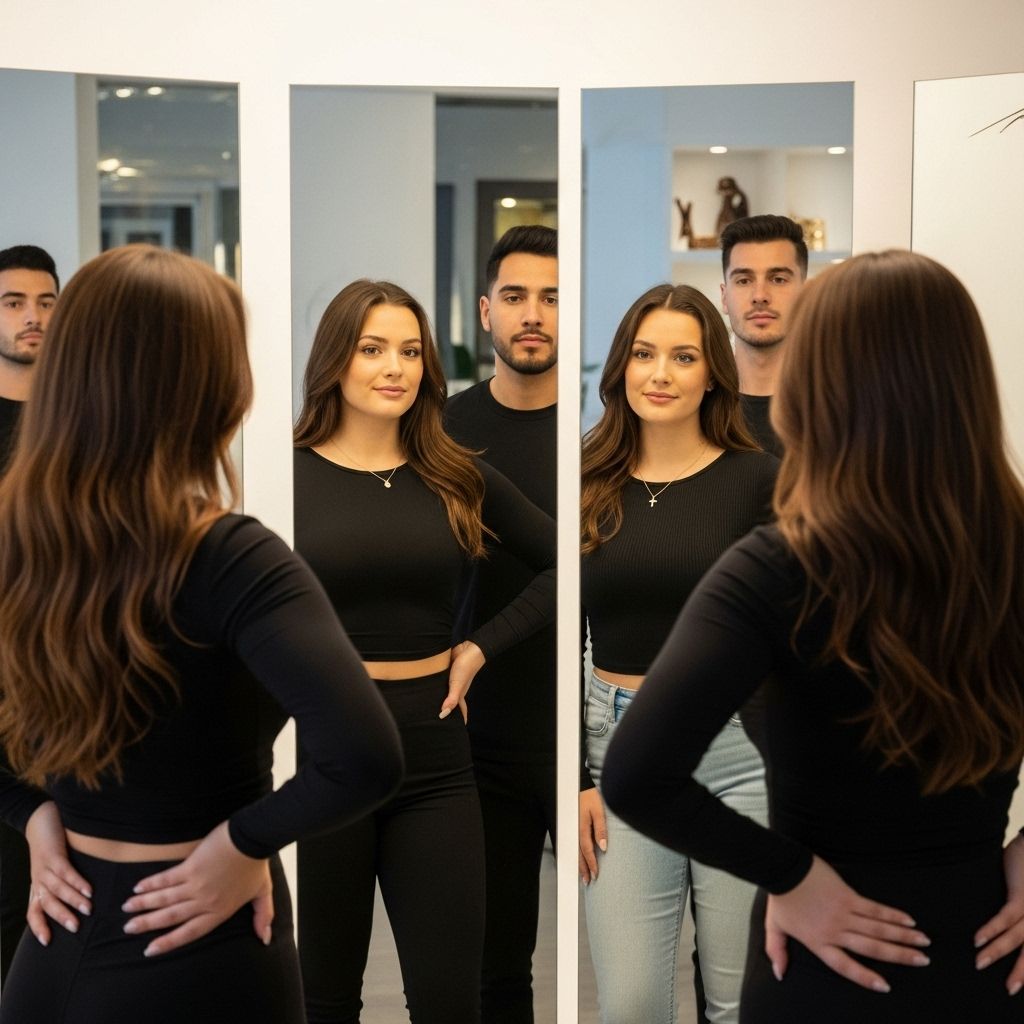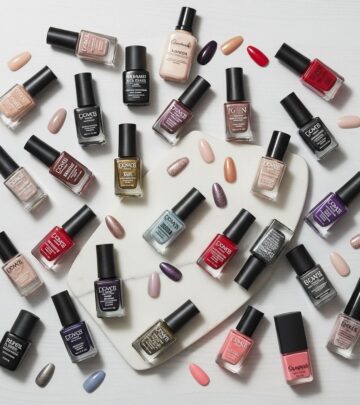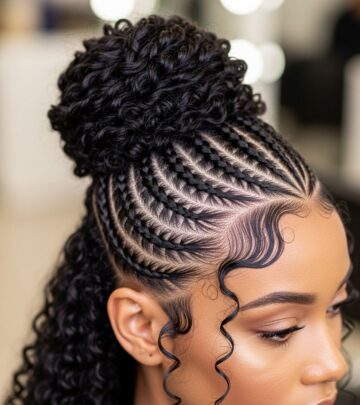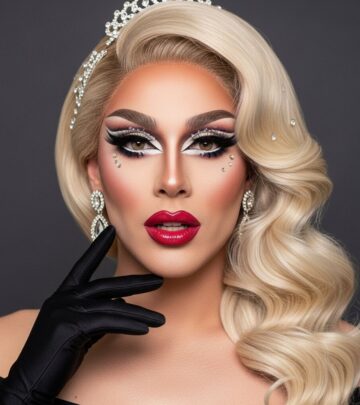Why Millennials and Gen Z Are Choosing Liposuction
Chronicling the rise of liposuction among millennials and Gen Z, and how social media redefines beauty standards and body confidence.

Why Millennials and Gen Z Are Turning to Liposuction
Liposuction, once considered a luxury aesthetic procedure reserved for the older and affluent, has gone mainstream among millennials and Generation Z. The desire for instant body transformation and shifting beauty standards, accelerated by social media, have made cosmetic surgery increasingly acceptable—and even openly discussed—among today’s younger adults.
The New Normal for Cosmetic Procedures
In recent years, the stigma around plastic surgeries has lessened, and liposuction is no longer a hush-hush secret. Millennials and Gen Z aren’t just considering liposuction—they’re posting about consultations, sharing before-and-after photos, and dissecting their experiences in group chats and on public forums. This normalization has been driven by:
- Relatable Personal Stories: Young adults candidly share their reasons, struggles, and outcomes.
- Influencer and Celebrity Endorsements: Well-known figures discuss their procedures openly, which shifts public perception.
- Accessibility: Advancements in technology and changing attitudes make plastic surgery accessible to a broader demographic.
The Role of Social Media: TikTok, Instagram, and the ‘TikTok Body’
Social media platforms—especially TikTok and Instagram—are now key drivers of body ideals. Continuous exposure to curated images and viral trends influences how young people see themselves. On TikTok, the concept of a ‘TikTok Body’ has emerged: a sculpted, slim-but-curvy look, shaped by influencers and algorithm-driven content. As a result:
- Users aspire to flawless physiques prominently showcased online.
- Instant transformation becomes desirable, as social media celebrates perfection and authentic ‘glow ups.’
Table: Factors Fueling Liposuction Trend Among Millennials and Gen Z
| Factor | Description |
|---|---|
| Social Media Exposure | Continuous display of idealized bodies and beauty trends drives aspiration and self-scrutiny. |
| Instant Gratification | Preference for procedures with fast, visible results, matching the pace of digital culture. |
| Peer-to-Peer Testimonials | Friends, influencers, and celebrities openly discussing cosmetic choices. |
| Advancements in Technology | Safer, quicker, less invasive procedures increase appeal for younger demographics. |
| Body Confidence Pursuits | Desire for improved self-esteem and confidence tied to physical transformation. |
The Pursuit of Body Confidence
For many millennials and Gen Z, liposuction is perceived less as a radical intervention and more as a step toward body confidence. In the age of authenticity and oversharing, discussing insecurities is no longer taboo. Procedure choices are justified as acts of self-care or empowerment rather than concealment. Popular themes include:
- Embracing Change: Young adults view cosmetic enhancement as self-improvement, not solely vanity.
- Immediate and Lasting Results: Liposuction offers a direct solution for contouring problem areas—results are visible quickly and considered permanent for many.
- Peer Validation: Positive feedback from friends and followers can boost self-esteem.
Personal Stories: Coming Out About Cosmetic Surgery
Gone are the days of quietly recovering behind closed doors; now, ‘coming out’ about plastic surgery is fairly common. Some millennials and Gen Zers openly disclose their procedures at work, with dates, and in casual conversation. While some cite recovery and aftercare as issues (“it’s definitely not no maintenance”), many maintain that the biggest emotional change is the shift in self-perception: newfound confidence, willingness to try new styles or pursue dreams previously limited by insecurity.
Normalizing Liposuction: From Taboo to Trending Topic
Stigmas attached to aesthetic surgery are eroding fast—this is especially true in urban centers and among digitally-native populations:
- Cosmetic surgery statistics: Liposuction is the second most popular aesthetic procedure in the US, with dramatic upticks among those aged 20–29.
- Openness: Online forums, group chats, and social platforms provide safe spaces to seek advice, trade recommendations, and share results.
The Changing Conversation About Beauty
The traditional narrative around cosmetic surgery was one of shame, secrecy, and sometimes regret. For millennials and Gen Z, transparency is prized. Anecdotal reports show patients discussing their journeys in detail, from the first consultation to recovery tips. Some key changes:
- Conversations focus on motivations, expectations, and empowerment.
- Body positivity is redefined: accepting one’s shape includes the option for change.
- Cosmetic procedures are framed as investments in mental health and self-confidence.
Frequently Asked Questions: Liposuction & Young Adults
- Q: How old do you have to be to get liposuction?
A: Most qualified surgeons require patients to be at least 18, with parental consultation if under 21. Consultation focuses on mental and physical suitability. - Q: Is liposuction a weight loss solution?
A: Liposuction is designed to improve body contour, not act as a substitute for weight loss. It targets localized fat deposits inaccessible through diet and exercise. - Q: How long does recovery take?
A: Most patients return to light activity within a week, though full recovery can stretch several weeks based on extent and aftercare. - Q: Are there risks or long-term side effects?
A: Risks include swelling, bruising, infection, and contour irregularities. Credentials and experience of the surgeon are key to minimizing risks. - Q: Will my liposuction results last?
A: Results are considered permanent for targeted fat cells, but maintaining a stable weight post-procedure is vital—weight gain can alter contours.
The Influence of ‘Instant Gratification’ on Beauty Choices
Digital culture thrives on instant results: from streaming entertainment to overnight delivery. Millennials and Gen Z, having grown up in this environment, apply similar expectations to beauty. Liposuction’s one-time, dramatic transformation appeals in contrast to the slow and unpredictable outcomes of lifestyle changes.
Table: Liposuction vs. Non-Invasive Body Contouring Procedures
| Procedure | Sessions Needed | Results | Recovery |
|---|---|---|---|
| Liposuction | One | Immediate/long-lasting | Days to weeks |
| CoolSculpting | Multiple | Gradual, less dramatic | No downtime |
| Radiofrequency Treatments | Series | Gradual, subtle | No downtime |
Demographics: Who Is Seeking Liposuction?
- Age: Surgeons report increases in patients as young as early twenties.
- Gender: While predominantly female, interest among young men is rising in urban centers.
- Socioeconomic status: More accessible financing options attract a range of budgets.
- Global Trends: Rapid urbanization and digital penetration accelerate cosmetic trends worldwide.
Technology and Progress: The Future of Liposuction
As new technologies emerge, liposuction procedures continue to evolve:
- Less invasive techniques mean faster healing and less downtime.
- Advanced aftercare and pain management improve experiences.
- Growing integration with non-surgical approaches, like body sculpting and injectable treatments.
Looking ahead, expectations are that the average age of patients may drop further, and social media will remain a powerful influence in shaping attitudes toward aesthetic surgery.
Expert and Surgeon Insights
- Plastic surgeons note upticks in Youth Consultations: Gen Z seeks individualized solutions, not generic recommendations.
- Consultations emphasize mental health screening and clear patient education.
- Surgeons caution about setting realistic expectations and using procedures as complements—not replacements—for healthy lifestyles.
Millennial and Gen Z Attitudes: Redefining the Beauty Conversation
At the heart of this trend is a generational shift in the beauty conversation. Self-image, body confidence, and authenticity are openly debated:
- Transparency reigns: Patients are often more comfortable being honest about their procedures than their predecessors.
- Changes in self-expression: Aesthetic procedures are considered personal choices and forms of empowerment, not secrets to hide.
- Rise of ‘cosmetic feminism’: The narrative has moved from shame to self-determination.
Key Takeaways in the Millennial and Gen Z Liposuction Era
- Liposuction is increasingly an accepted, even celebrated, cosmetic choice among young adults.
- Social media’s influence on body ideals is profound and persistent.
- Self-confidence, instant gratification, and social validation are prominent motivators.
- Cosmetic procedures are discussed and normalized in social circles.
- Technological advancements and evolving attitudes promise continued growth in aesthetic interventions.
FAQs: Liposuction Trends Among Young Adults
Q: Are millennials and Gen Z talking openly about lipo?
A: Yes. In group chats and social media posts, young adults increasingly share experiences, motivations, and outcomes.
Q: Is there a downside to the normalization of cosmetic surgery?
A: Some experts warn about unrealistic expectations, encouragement of risky trends, and possible mental health impacts. Responsible messaging is crucial.
Q: Will the trend continue?
A: All signs indicate continued growth, with younger patients and evolving technologies leading the way.
Q: Does liposuction affect more than just physical appearance?
A: Many cite improvements in body confidence, social opportunities, and self-expression as major benefits.
References
- https://rossomd.com/genz-and-lipo/
- https://www.cosmopolitan.com/en/sitemaps/content.2020-07-24T13:08:35.xml.gz
- https://www.scribd.com/document/516454325/Cosmopolitan-India-TP-DEC-2020
- https://abc30.com/post/liposuction-surgical-procedure-central-valley-millenial-patients/14330378/
- http://files.eric.ed.gov/fulltext/ED674970.pdf
Read full bio of medha deb












